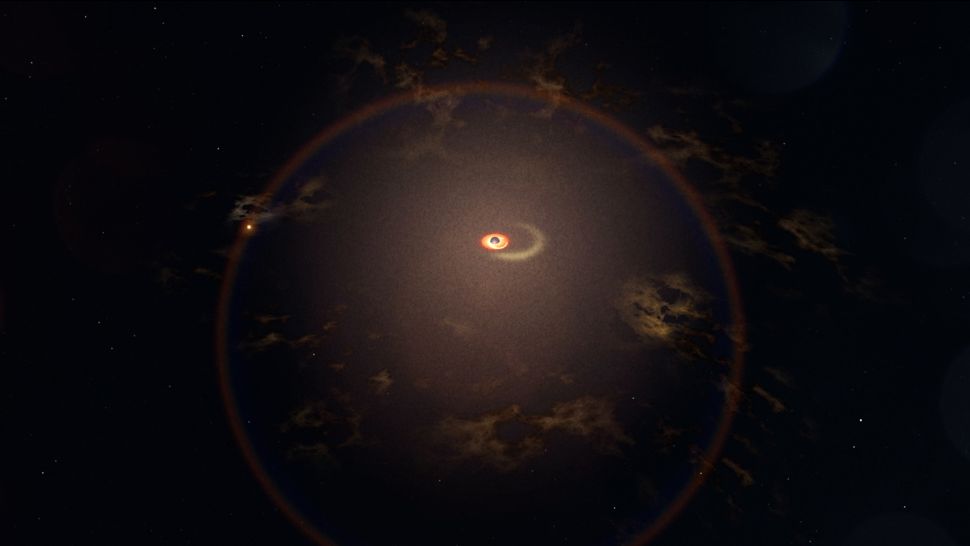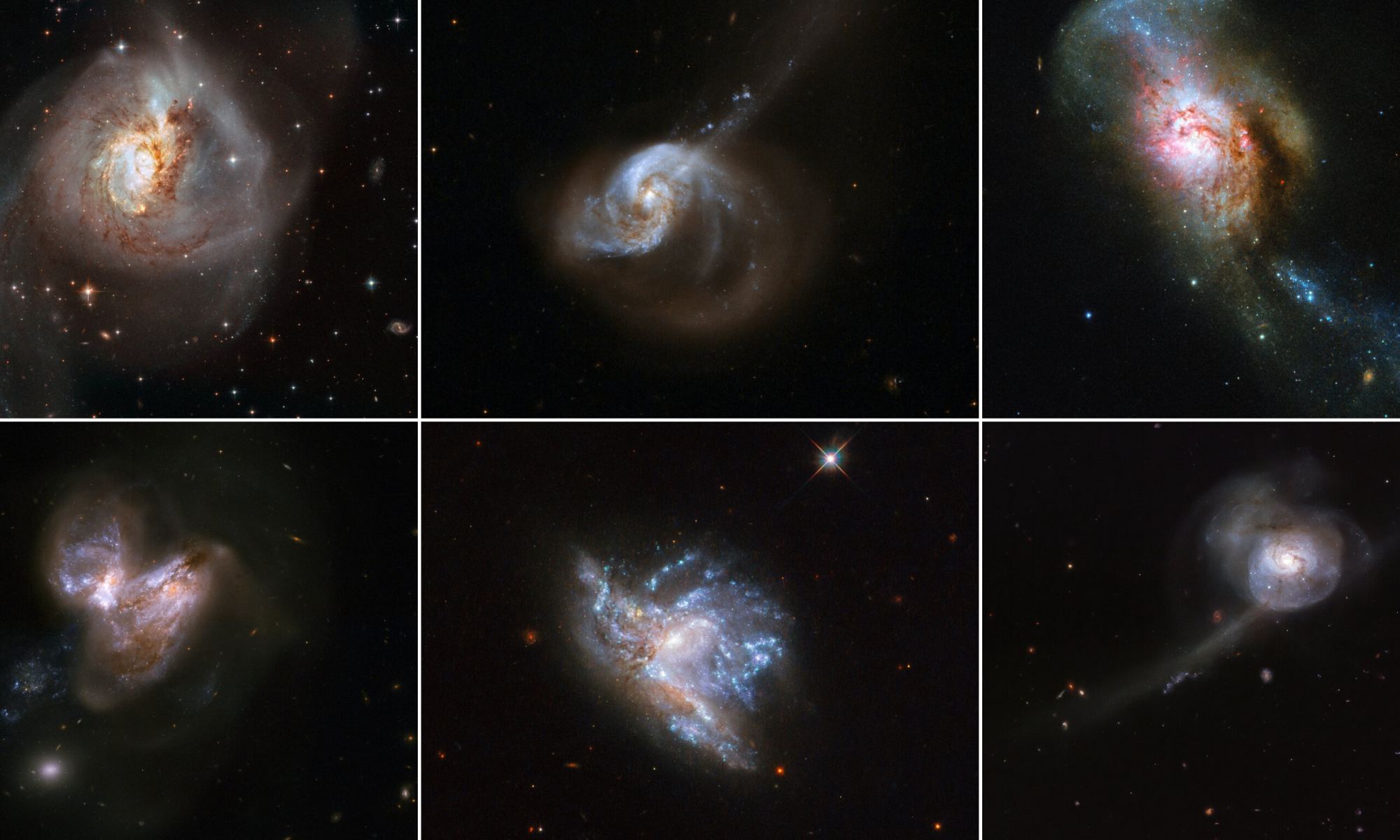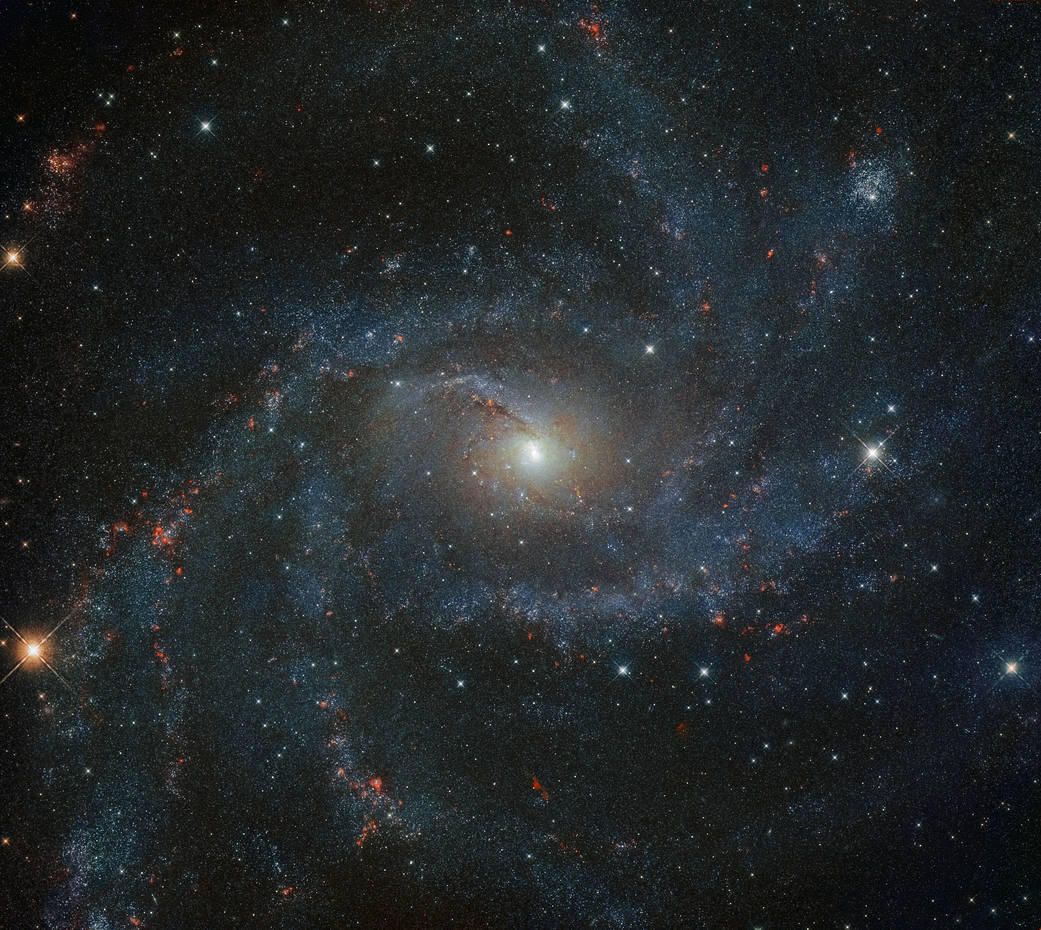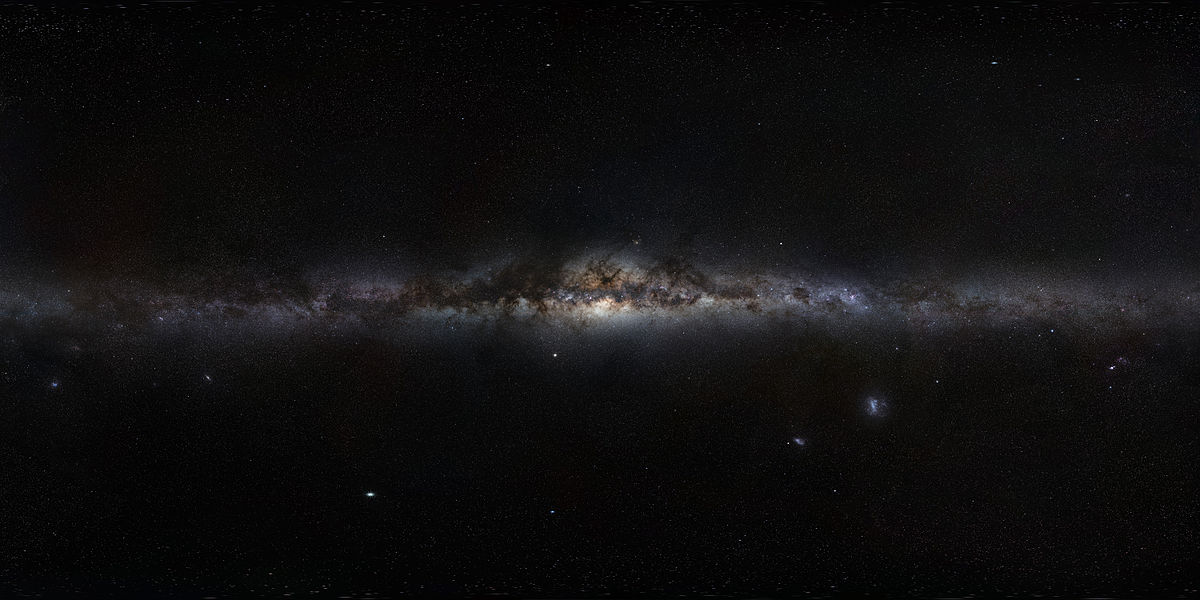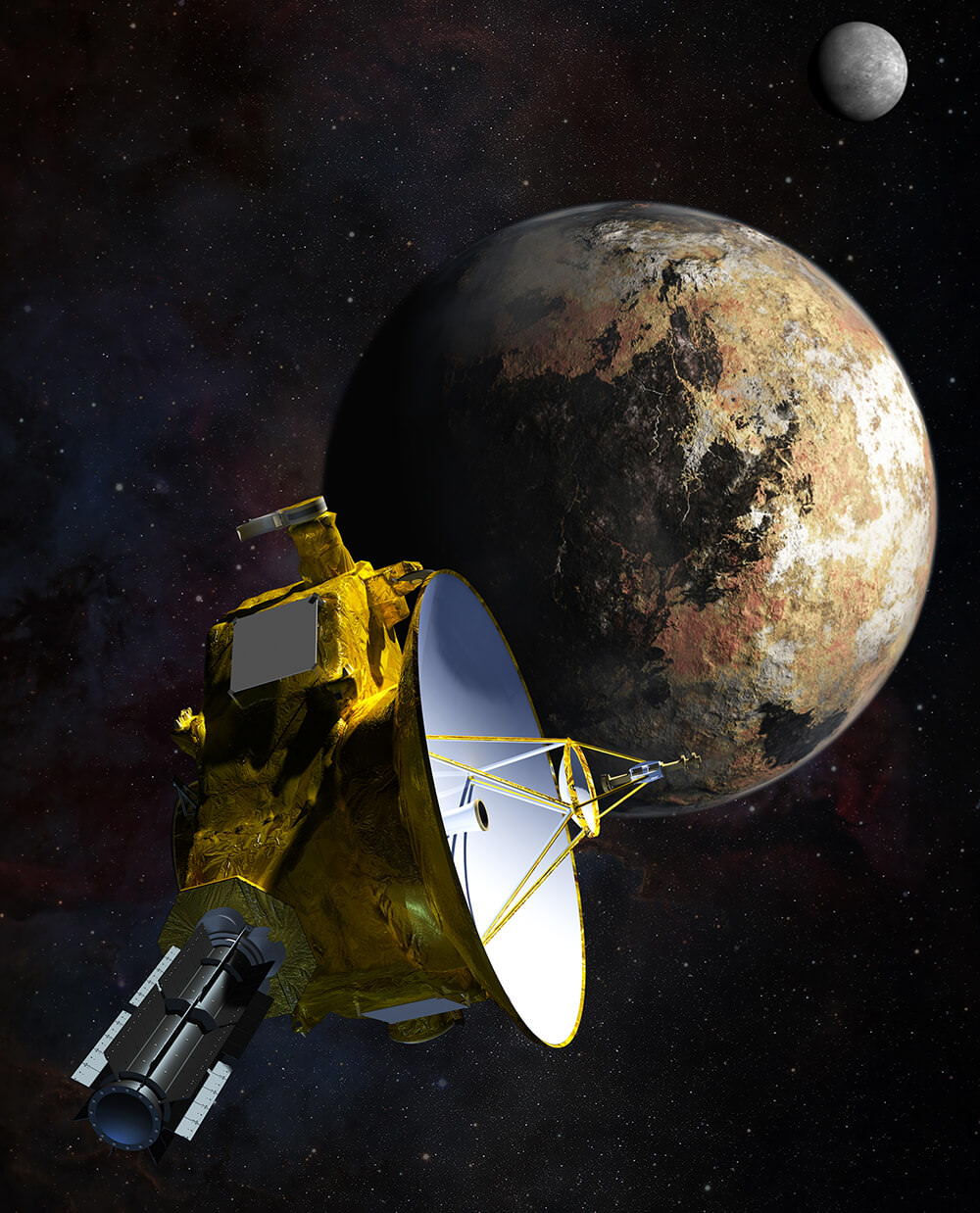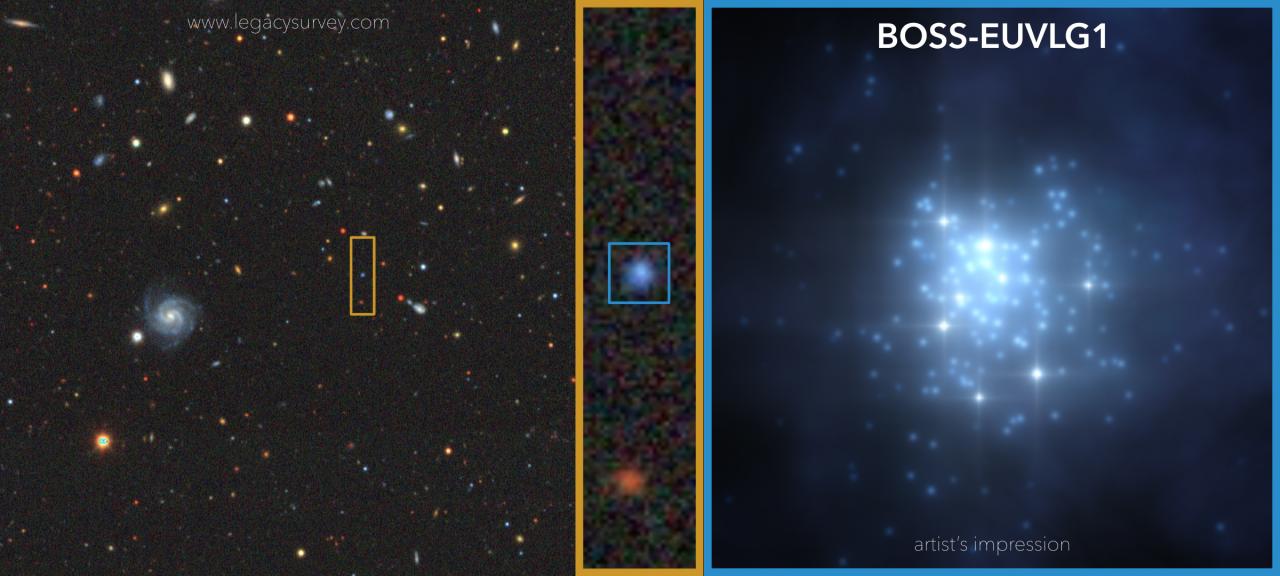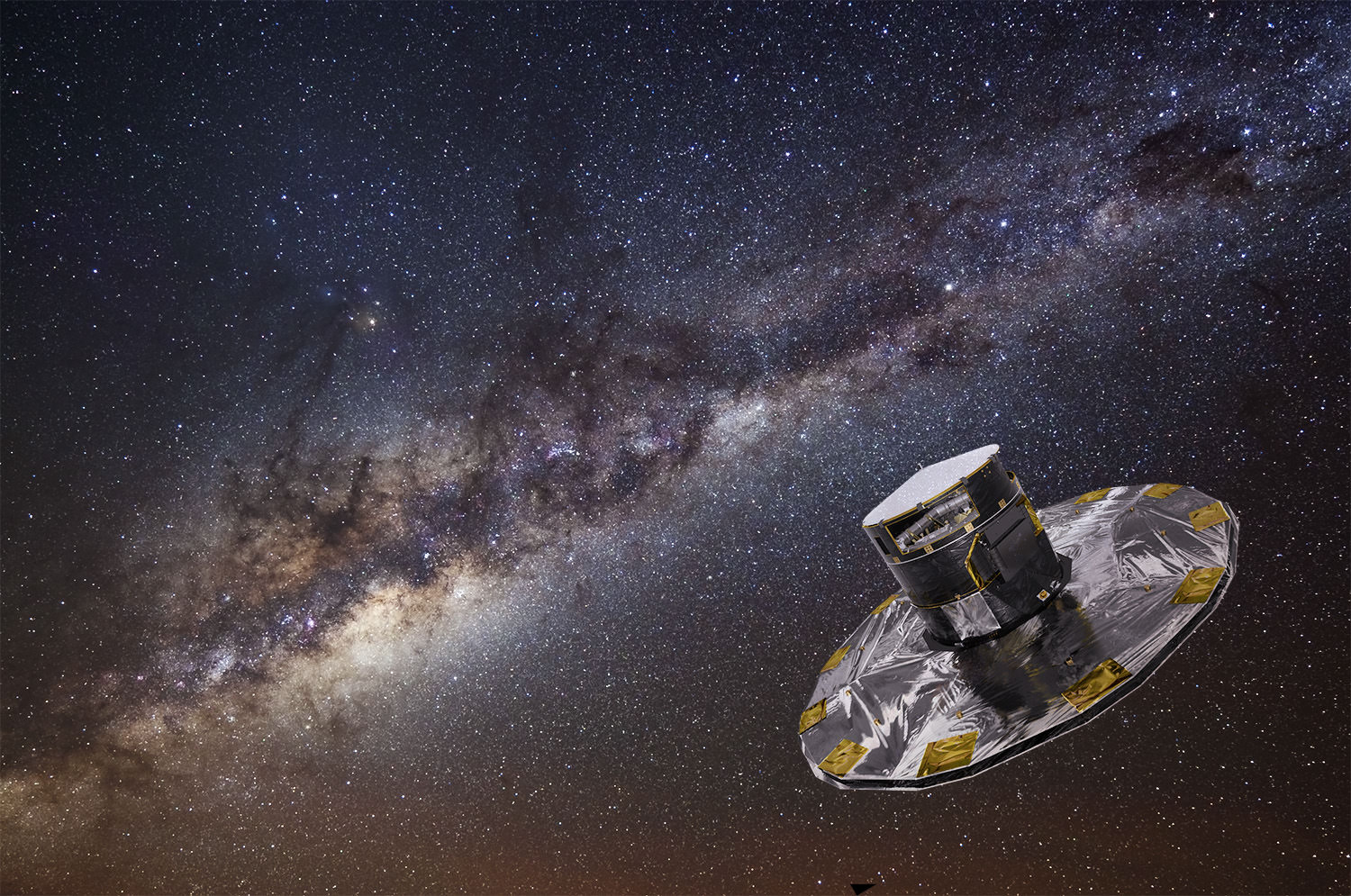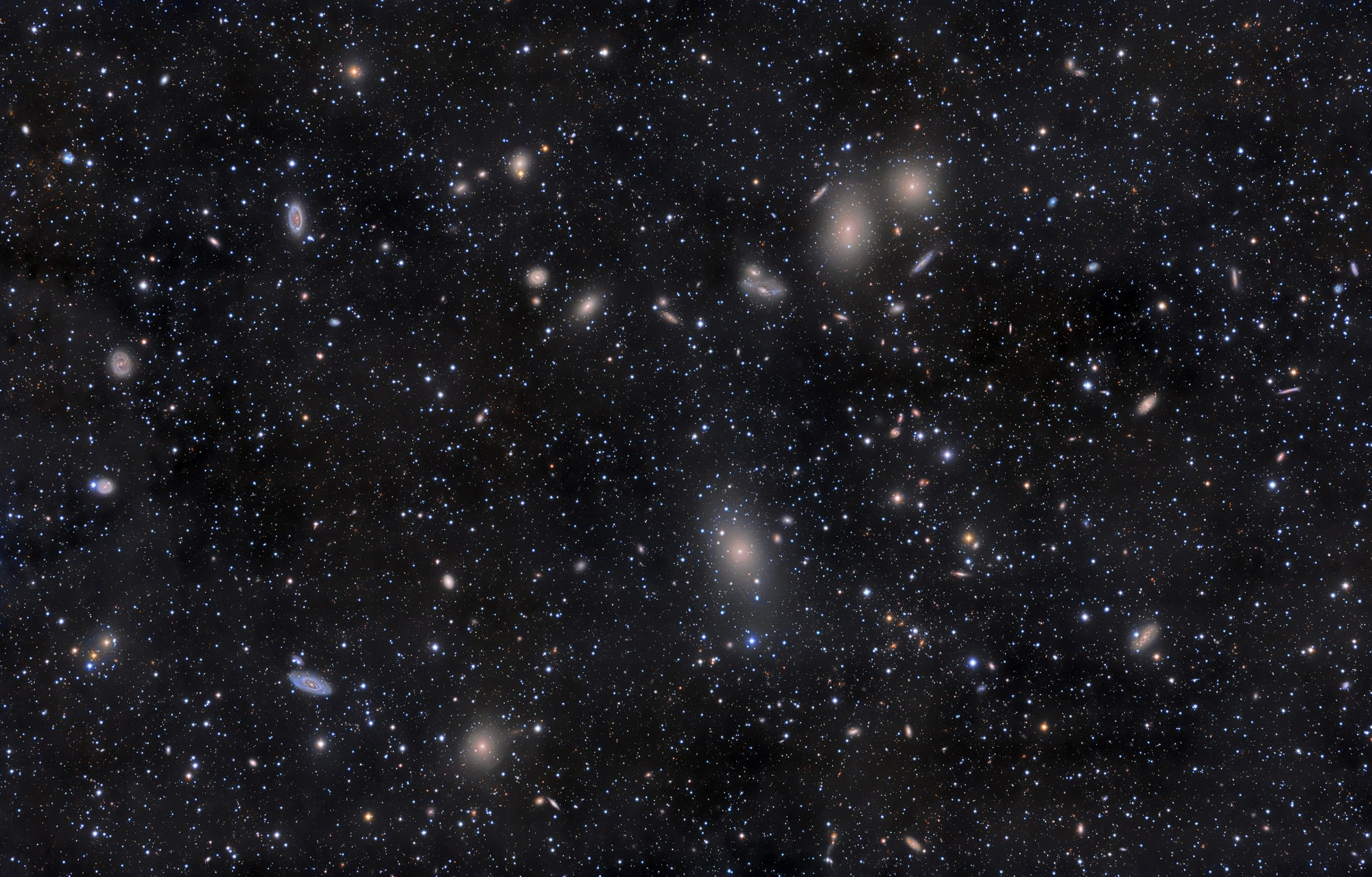Computers are known for their ability to spot patterns. It’s what they are good at, and over the last 50+ years they have continued to improve. But they only know how to spot patterns if they know where to look for them in data. So sometimes, it falls to a human to truly see a pattern that no one expected to be there.
That is exactly what happened in the case of the discovery of the most consistent active galaxy yet discovered. Anna Payne, a graduate student at the University of Hawai’i at Manoa, was looking into data collected by the All Sky Automated Survey for Supernovae (ASAS-SN), and notice a strange feature about one of its galaxies, known as ESO 253-3: it was getting significantly brighter every 114 days.
Continue reading “An Active Galaxy That Erupts Predictably Every 114 Days Or So”
